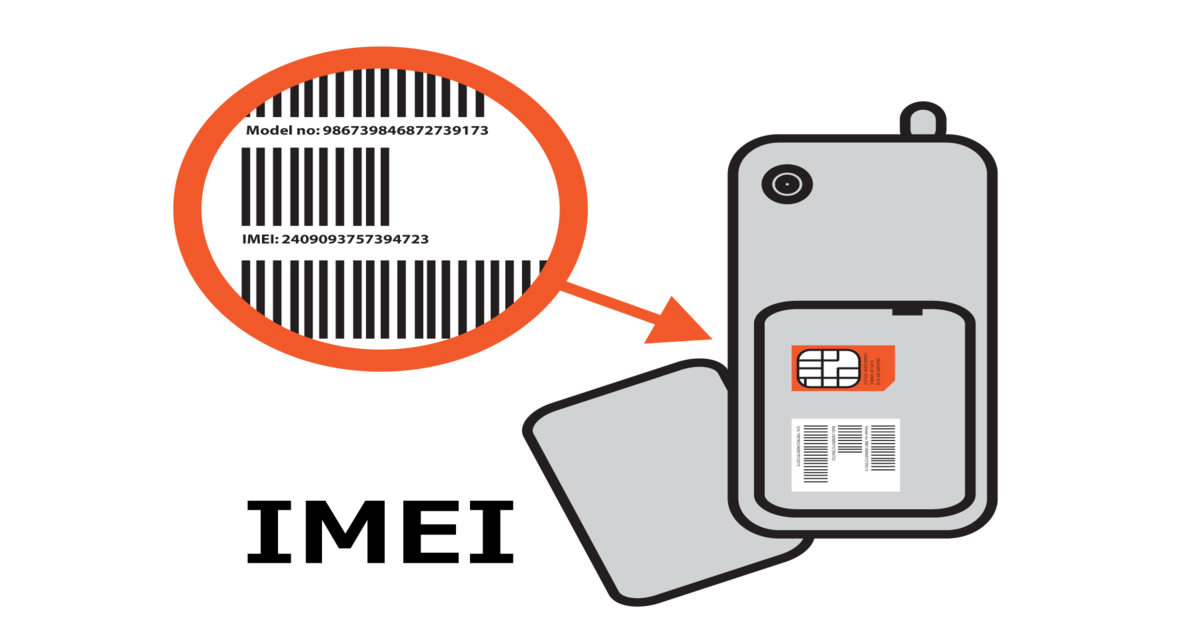What is IMEI?
International Mobile Equipment Identity or IMEI – is a unique numerical identifier for every mobile device. This number helps to differentiate each device from each other. This is a unique number assigned to each phone and is usually found on the back of the mobile battery. The IMEI numbers of cellular phones connected to the GSM network are stored in the database (EIR-Equipment Identity Register). This database contains all valid mobile phone devices When a phone is stolen or a phone is declared illegal So mark this number as invalid
A standard IMEI number is a string of 14 digits, with an additional 15th check digit to verify the entire string. There is also a 16-digit variant that contains the device’s software version information, known as the IMEISV.
The Brand and Quantity To Generate Random Gfive IMEI Number, Each IMEI Number Appropriate Brand and Model, Gfive Unlock Code.
This number consists of four groups which appear as follows-
nnnnnn – – nn – – nnnnnn – n
The first set of numbers is the Type Allocation Code (TAC). The first two digits are the country code and the rest are the assembly code The second group identifies the manufacturer
- 01 and 02 = AEG
- 07 and 40 = Motorola
- 41 and 44 = Siemens
- 10 and 20 = Nokia
- 51 = Sony, Siemens, Ericsson
The third set is the serial number and the last single digit is an additional number (usually 0).
How to know your mobile’s IMEI?
There are a few ways you can find out your device’s IMEI.
- Type * # 06 # from your keypad
- Press the call button
- You will see the IMEI displayed on the screen.
If you have an Android or iOS device, you can also get the IMEI under Settings.
- Settings > General > About
- You will see the IMEI
Why is IMEI number important and useful?
If your phone is stolen or lost, you must inform your operator and the police of its MANUFACTURER, MODEL, IMEI number, color, any special identifying details (if any), location and date where it was stolen and certain circumstances. Which can help them find or locate your mobile phone.
Mobile operators can use the IMEI number to identify legitimate subscribers and devices used on the network. The mobile operator can also disable the mobile phone remotely if the phone is reported stolen or lost (And if the reporter asked him to disable this phone). This mobile phone can still be used with other operators worldwide. If you ever find a mobile phone, the mobile operator can also identify the owner of the IMEI or SIM card inserted and return the phone to its owner.
Why Care About IMEI Number?
The main purpose of IMEI is to provide a unique identity to each device. For example, the IMEI number is similar to the Vehicle Identification Number (VIN) used in the automotive industry. The IMEI number is completely separate from your SIM number and cannot be changed. When you connect to a cell network, the provider grabs both numbers to enable their service. The SIM number identifies your customer account, while the IMEI only identifies the device.
If your device is lost or stolen, you can contact your provider who may be able to put a block on the IMEI number, preventing it from being used to connect to the network. Your provider may be able to contact other networks, asking them to block the device. Law enforcement often keeps records of lost and recovered phones, which are identified by their IMEI.
Although it is illegal to change the IMEI of a device, some people do it. In particular, thieves try to take non-blacklisted numbers and apply them to their stolen devices to make them usable again.
Conclusion
- The full name of IMEI is International Mobile Equipment Identity
- This is a unique number assigned to each phone and is usually found on the back of the mobile battery.
- You can find the IMEI address of your device by calling *#06# on mobile
- IMEI can help in locating the mobile phone in case of mobile theft or loss.
- A standard IMEI number is a string of 14 digits, with an additional 15th check digit to verify the entire string.
- The first set of numbers is the Type Allocation Code (TAC). The first two digits are the country code and the rest are the assembly code The second group identifies the manufacturer The third set is the serial number and the last single digit is an additional number (usually 0).
















